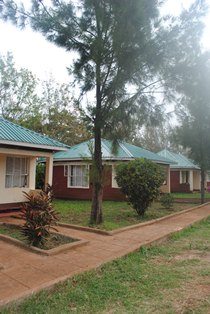Today marks our first day of, well, no work. We’re done! No research, no class, no papers- the academic portion of SFS is over! So let me catch you up on the end of DR.
We finished our DR papers earlier this week. As I mentioned, I wrote mine on domestic tourism. How and why levels of national park visitation are low; why educational programming during national park visits should be increased and how TANAPA could go about doing so. (TANAPA= Tanzanian National Park service). In my opinion, I believe there is no reason for increasing domestic tourism if people aren’t getting a significant increase in environmental and wildlife knowledge from going. You can’t expect before to become experts on elephants just by watching the huge animals eat leaves. People, and my research indicates especially adults, need participatory learning programs, like lectures and discussions, critical thinking exercises, and interactive guide tours. Currently TANAPA doesn’t have any such programming, just day and night safaris, walking safaris and picnic lunches.
So in our group’s Environmental Policy: Community Awareness presentation, I had a lot to tell TANAPA.
At first we were worried that no one would come. Our community presentation is designed to update all the local stokeholds- for neighbors, to schools, to wildlife parks- about our most recent research. Soon enough, the room filled up.
Wonder what they thought of our arts and crafts.
Each group went through their presentation; my group had to what till last. Other groups focused more on wildlife: they did awesome reports on species diversity, species associations, bushmeat hunting and many other topics. And they presented well, even through a freak-thunder storm which all but drowned out our translator.
I think our presentation went really well to, expect for one tiny detail: TANAPA- who I did my research largely for- didn’t care to show up. Fine. Today I’m just going to have to bring my research to you. While every else goes shopping I’m going to run over to the TANAPA offices and deliver printed copies of my paper to the wardens. They could have had a nice, colorful powerpoint summarizing the key findings. Now they can tussle with my 36 pages of “I have found what TANAPA is doing isn’t working in terms of community education.”
But even if TANAPA doesn’t give me the time of day, DR was an incredible experience. I have a more solid foundation in field work and paper write up now. And much more confidence. And friends. I feel like I matter to the people here, and they give me a reason to want to come back. Here I am with two of my friends who helps us translate during DR; Joyce on the right and Floridi on the left. I miss them already. Two days!
Location: Rhotia, Tanzania


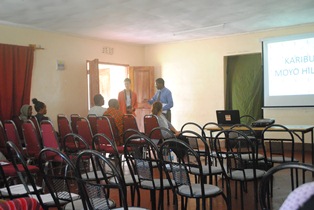
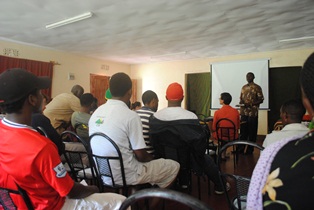
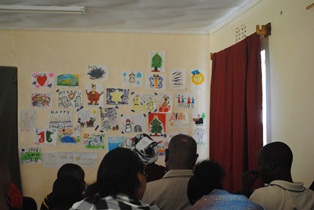
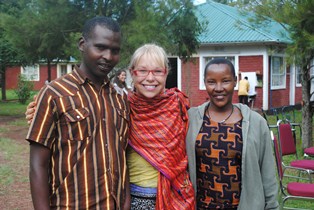










-thumb-500x334-261813.jpg)





